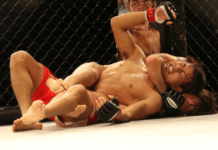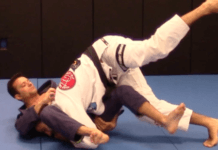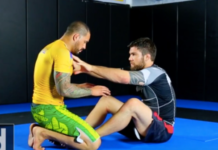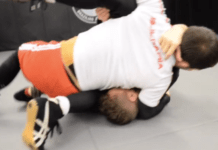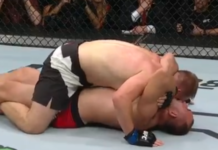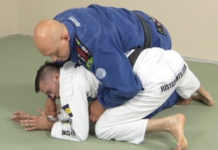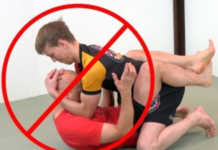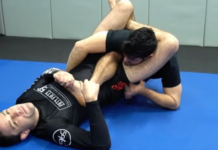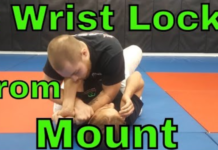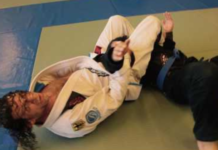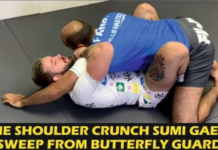One of the strongest positions you can be in is the Half Guard. The reason is that it opens up the opportunity to perform various types of moves but the ideal ones are the sweeps. When you start training in BJJ, sweeps will be the most useful tool for throwing opponents off guard and exposing them to pinning moves like submissions. Of course, the level and attack power of the sweep will only improve upon practice but the relevancy of the sweeps can’t be overlooked regardless of the level of BJJ experience, they are extremely effective in securing a victory when you compete. If you want to know what sweep will give you the dominant position without any doubt, then you need to transition to the Coyote sweep from the half guard. The Coyote sweep is a favorite for grapplers as it has the potential to overpower heavier opponents; once you manage to learn it, your arsenal in BJJ will see a substantial boost.
Overpower Bigger Opponents
The Coyote sweep was introduced by Lucas Leite for bringing down heavier opponents. He intentionally chose opponents who over 30 pounds heavier than him so that he could narrow down the effectiveness of the sweep; seeing as the move turned out to be a success, he concluded that the Coyote sweep worked best on heavier opponents, as it was designed to be.
In Lucas’s DVD instructionals, he demonstrated a lot of techniques and combinations that you can make use of when you want to use the sweep, all of this add more versatility to the move and can get you out of a variety of scenarios you may find yourself stuck in. Since the half guard is already a stronger position, you can secure your victory with the Coyote sweep regardless of the size of your opponent. If the opponent is setting you up at a disadvantage, set up your half guard stance and then prepare to perform the sweep to get shift the offensive.
How to do the Coyote Half Guard Sweep
The Coyote position is also known as the Dogfight position and it got its name with the configuration of your legs. The position of your legs will greatly determine the execution of the sweep, more information is given in the next heading, for now, let us take a look at how to perform the Coyote Sweep itself. First, set yourself up in an underhook half guard position and then get on your knees.
Make sure that your underhooking arm is as deep as possible, has a strong grip on the opponent so that you can move your bottom leg up and bring them down to your knees. Once that is done, pinch your knees as tight as possible with the control of your arm and the leg that was moved up. Use your arm to the far side and your knee to push yourself towards the opponent, moving your upper body over them and use your inside leg to hook them to the ground.
Transitions and Strategies
Let us talk about why are the sweeps more effective at overpowering the opponents rather than the submission moves, it is really not the moves themselves but the position that you are in. The half guard stance gives you a good angle of alignment where you are not completely on your back and are lying on one shoulder. You are not in a good position to launch the attack in that state but you can quickly move around the sides of your opponent and then open up for an attack; it is really the mobility and freedom that the half guard position gives that secures you the lethal attack.
To transition to the Coyote sweep from the half guard, you need to look towards the configuration of your legs. It is important to position your legs appropriately when it comes to the sweep as different positions lead to different types of sweeps, for instance, if your outside leg makes a butterfly hook then you can perform the butterfly sweep or if the leg configuration is top over bottom, then you can go for underhooks. The Coyote Sweep requires coordination and practice to be executed properly; you need to break your opponent’s posture by switching from a half guard to a full guard and then use the legs to apply pressure to their trapped knee.
Check also:
- Deep Half Guard Basics you should know
- Leg Drag Pass – Powerful and Effective Guard Pass
- Implementing the Z Guard in BJJ

